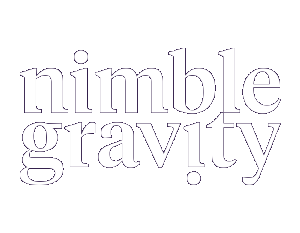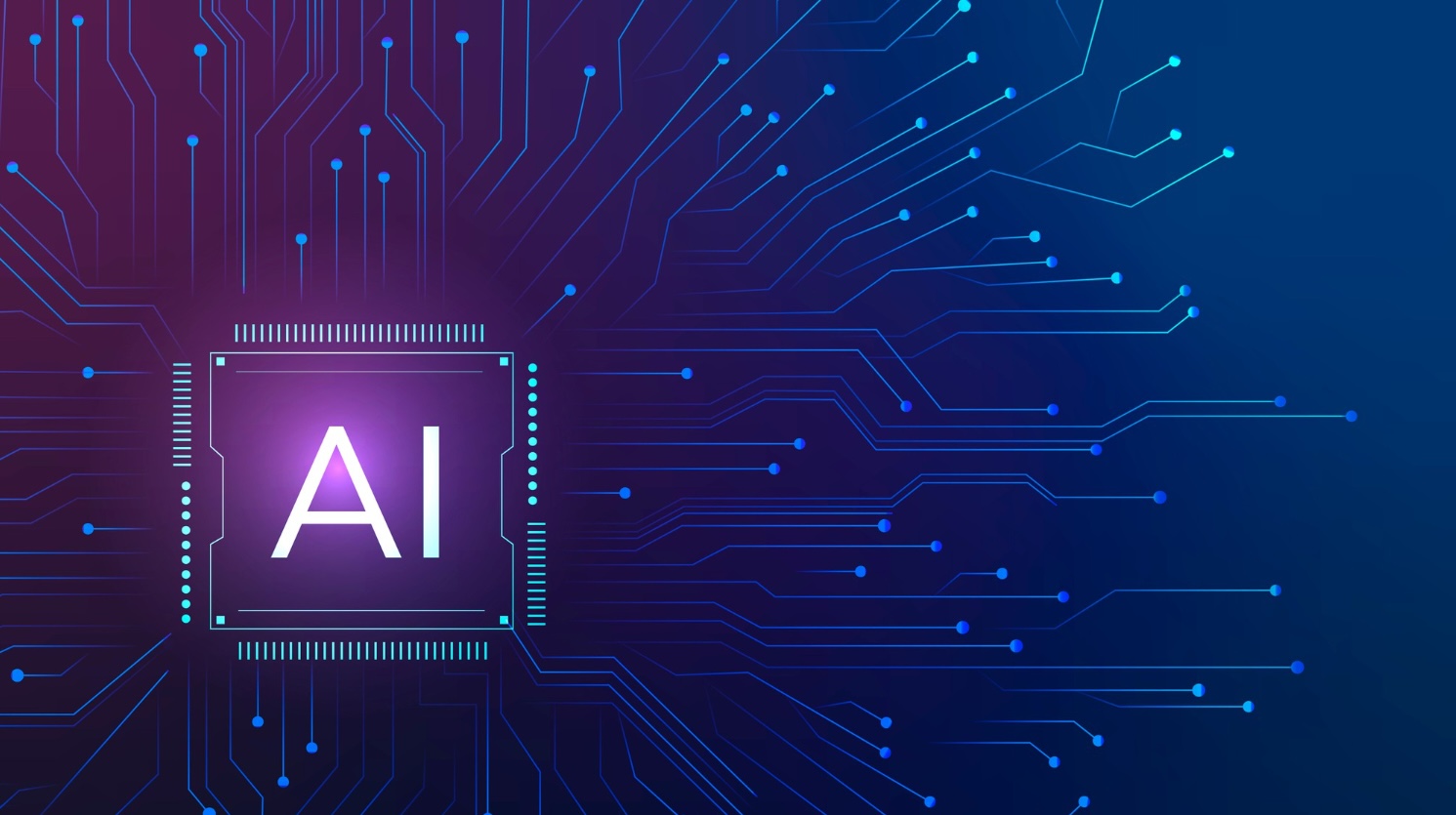Recently, one of our clients asked us to map out a future‑state organization chart that explicitly included AI agents alongside their human employees. That question was a recognition that AI systems are becoming peers in how work gets done.
Why Org Charts Are Due for a Rewrite
The Industrial Revolution changed more than how we built things. It gave us the blueprint for the modern organization: hierarchical, top-down, and designed to scale human labor. Factory floors became the model for management structures, and we’ve been building around that design for more than a century.
But today, that blueprint is showing its age.
AI agents are starting to take on routine tasks that once required significant human time and effort; tasks like summarizing data, triaging customer requests, or drafting standard reports. But these agents aren’t just tools. They’re collaborators that help humans focus on higher-level thinking, creativity, and strategy.
From Factory Floor to Feedback Loops
We’ve been here before. In the 1800s, industrialization forced companies to rethink how people worked together. Departments, supervisors, and middle managers emerged to maintain coordination and control. Fast forward to now, and we’re witnessing a similar transformation; only this time, the new team member might not need a chair or even a keyboard.
AI agents are already:
- Responding to customer support tickets
- Drafting reports and synthesizing insights
- Optimizing supply chains with real‑time visibility
- Turning unstructured orders into transactions
The Boston Consulting Group’s AI at Work 2025 report paints a vivid picture of the current landscape. AI usage has gone mainstream – 72 % of survey respondents use AI several times a week – yet only 13 % of respondents say AI agents are integrated into broader workflows. In other words, most companies are experimenting with AI tools, but very few have redesigned processes to let agents take initiative. That gap represents a huge opportunity.
The Concept: From Colleagues to Cognitive Nodes
It’s time to stop thinking of AI as task automation. Think of each AI agent as a cognitive node, a semi-autonomous contributor to your business logic. These nodes can take initiative, flag anomalies, and learn from feedback loops.
This shift isn’t about replacing humans. It’s about building more intelligent systems where humans are empowered to work more effectively alongside capable agents.
A New Framework for Human–AI Teams
When designing work around AI, it helps to name the roles each party plays.
Human‑in‑the‑Loop (HITL) setups keep humans as the active decision‑makers. AI assists but does not replace human judgment, and this model is favored in high‑stakes or ambiguous situations.
AI‑in‑the‑Loop (AITL) flips the script: AI leads the decision process while humans supervise and intervene only when necessary.
Most organizations land somewhere in the middle. Hybrid approaches dynamically shift between AI and human control based on confidence thresholds and risk.
Importantly, humans are not “tools” in these models. HITL and AITL both rely on human expertise for oversight, governance and contextual judgment. Leaders need to design workflows that make it clear when AI should act autonomously and when a person must be in the loop.
Use this framework to assess how your teams currently operate. Is your AI just advising or is it actively contributing? Should it be escalating more, or less? More importantly, have you defined who owns the final decision and how human feedback is captured?
A Tale of Two Metrics: Cool vs. Useful
It’s easy to get caught up in accuracy rates, loss functions, and model complexity. But the real question is: does this AI make your business better?
To borrow a metaphor: a hotel doesn’t exist to showcase fancy light switch placements. It exists to help people sleep. Your ML system isn’t just about mathematical elegance. It’s about delivering business outcomes.
How to Start Using This Now
- Audit workflows: Where could an AI agent step in as a support teammate for repetitive tasks?
- Create role cards: Just like job descriptions for humans, define what an agent should and shouldn't do.
- Build feedback channels: Ensure people can see what the AI is doing and give input.
- Normalize collaboration: Should the agent get cc’ed on emails? Show up in dashboards? Clarify its role.
Quick Wins for Integration
- Use an AI copilot to assist with reporting or basic analysis.
- Deploy an agent to handle triage in customer support.
- Roll out predictive monitoring that flags anomalies before customers notice.
What This Means for Leaders
If your AI governance conversations include only IT and legal, it’s time to expand the table. Operations leaders, product owners, and front-line managers must be part of the design process.
Why? Because AI agents don’t just shift who does the work. They reshape how value is created and how humans and machines complement each other.
This Isn’t the Future. It’s Tuesday.
You don’t need a ten-year roadmap. You need a test case and a feedback loop. Start small. Iterate fast.
The organizations that succeed with AI won’t just build smarter models. They’ll build systems that empower people through intelligent augmentation.
At Nimble Gravity, we help businesses reimagine their systems around generative AI. Whether you’re exploring agents or scaling them across teams, we can help turn possibility into production.
Final Thought
The org chart of the future won’t be a pyramid. It might resemble a network of people, AI agents, and decision logic working in concert.
The Industrial Revolution evolved jobs and gave us managers. The AI era may give us something just as valuable: digital teammates that help humans scale insight, not just labor.




